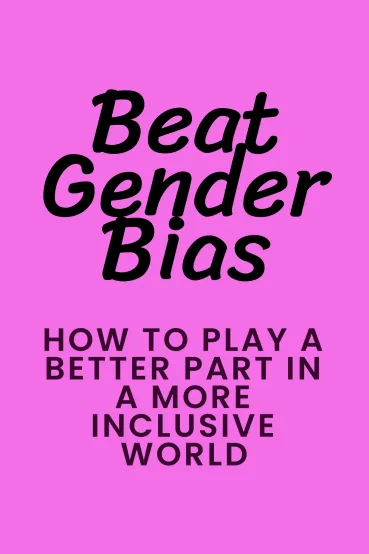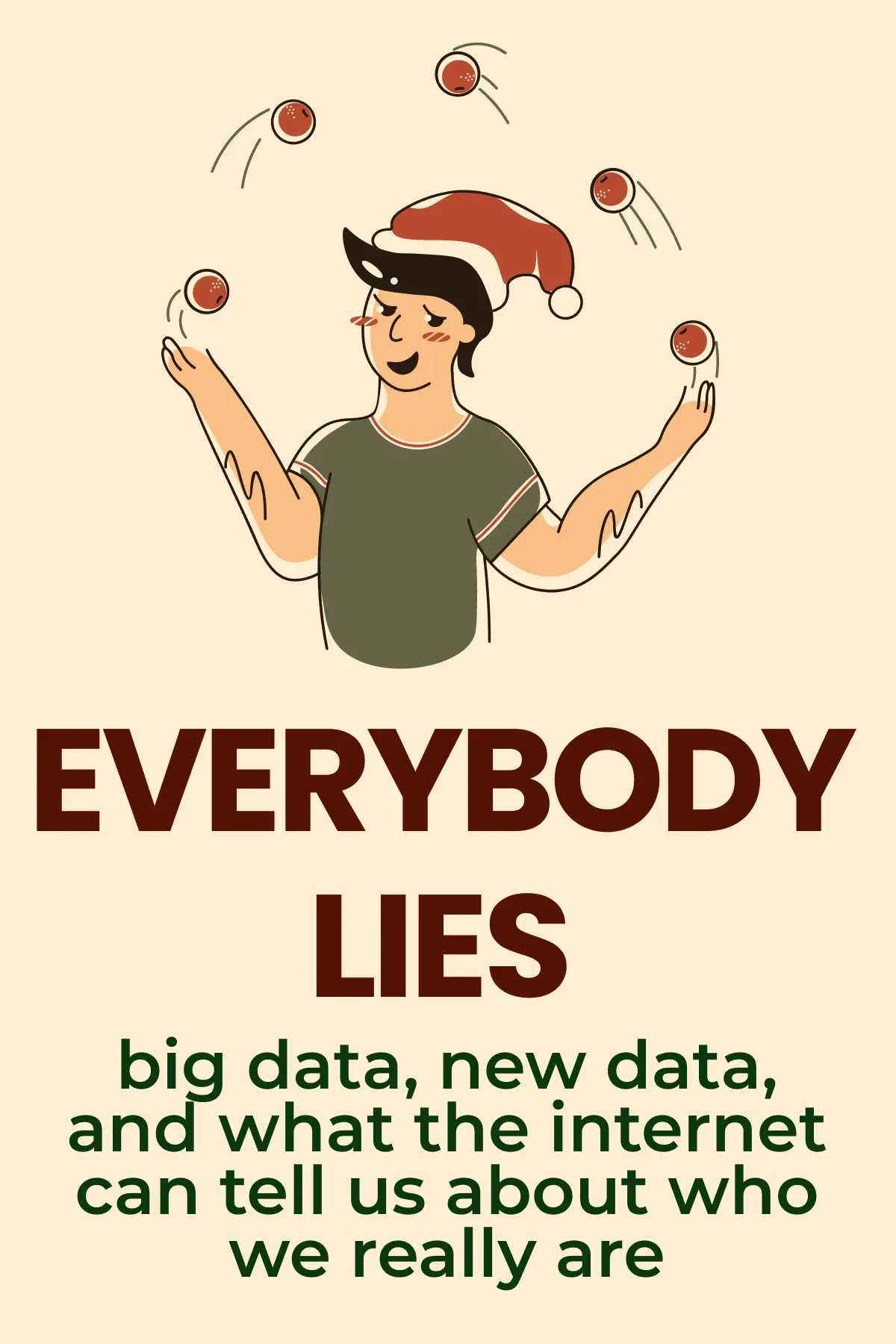
Beat Gender Bias
Brief Summary
“Beat Gender Bias” by Karen Morley unfolds as an empowering guide to understanding and dismantling systemic gender biases that plague our workplaces and societies. It paints a compelling image of what an inclusive world should look like and how to help build it. Morley provides insights into biases, how they impact people, and how to overcome them to create a fair and diverse society.
Key points
Key idea 1 of 7
Working in a construction company can be a tough job, and it becomes even tougher if you don't fit in. Picture this: your uniform is so large that you are swimming in it. The sleeves and trouser legs are always rolled up, and even then, it's too baggy. How would you feel? Maybe a bit silly, perhaps a bit left out, even less important. You'd feel like an afterthought, right? This is the story of many women in the construction industry, and it's a story of gender bias.
Take the example of Fulton Hogan Australia, one of the leading construction companies. Here, like many other places, gender bias was a real problem. Women joined the company at the same rate as men, but they didn't stay as long. The big question was, why?
CEO Nick Marinelli, the man in charge of Fulton Hogan Australia, was troubled by this. Nick wasn’t a stranger to feeling different, to feeling left out. He knew what it felt like to be looked down on. When he started his career in construction, he didn't have a university degree. Some people treated him differently because of that.
In a bold move to understand the issue, Nick set up a workshop. He invited the women in his company to come and share their experiences. What came out of these workshops was eye-opening. The women felt out of place, and one of the main reasons was their uniforms. These uniforms were made for men, and the women had to adjust and re-adjust to make them fit. The ill-fitting uniforms they wore were constant reminders. They were a symbol that they were different and didn't quite belong.
Another unsettling revelation was how the women were treated by their managers. It appeared that the managers were discouraging them from attending the workshops. They were told to focus on their daily tasks instead. Nick was under the impression that the situation would be different if it had been male workers. If males were asked to attend these meetings, their managers would approve without a second thought.
In his journey to help the women in his company, Nick demonstrated an important principle. To combat gender bias, leaders must cultivate a specific environment. They need to create a space where people can share their experiences and feel they are being listened to. Gender bias can make even the best job feel like a nightmare. It can stress you, make you doubt yourself, and lower your confidence. But we can make a difference by listening and acting, just like Nick did. It starts with understanding and listening.
FAQ
You may also like these summaries











